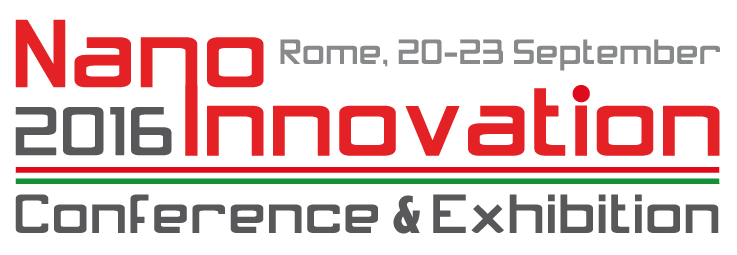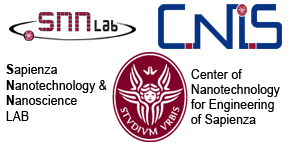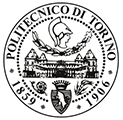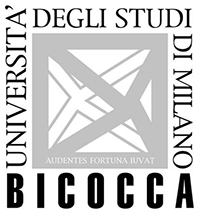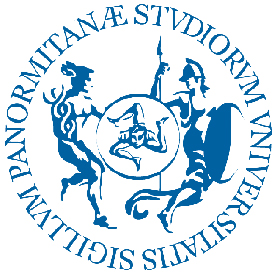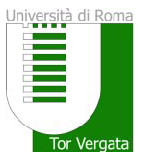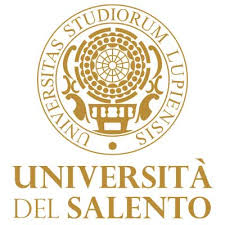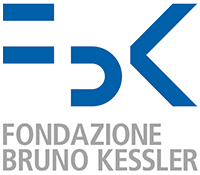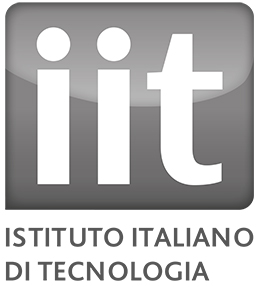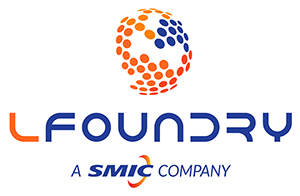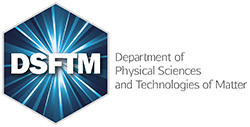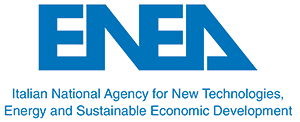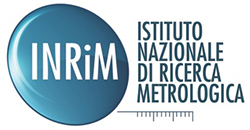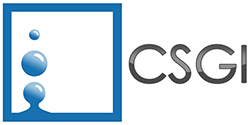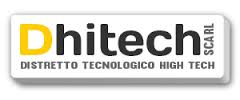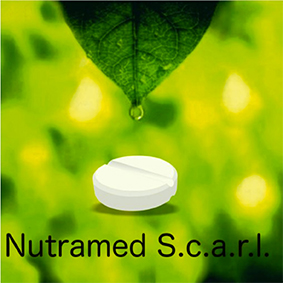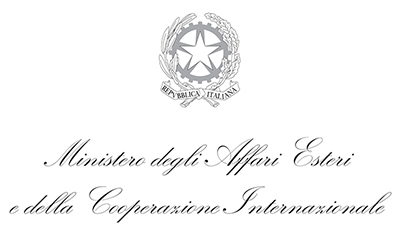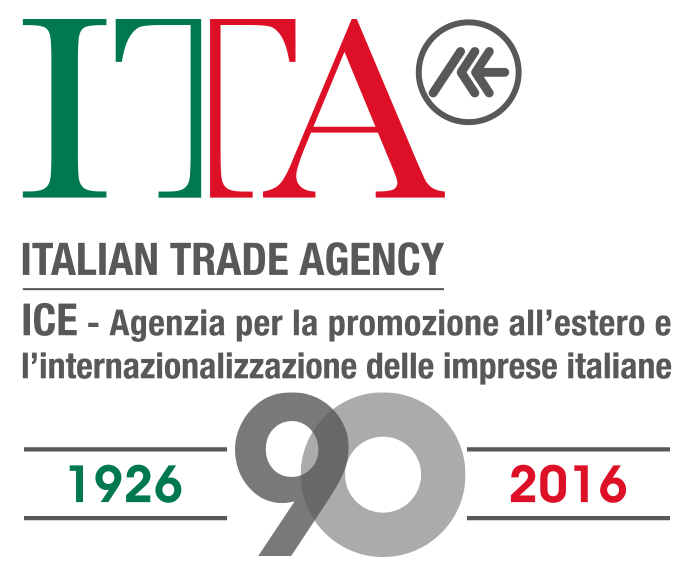Emerging 2D Materials for Nanoelectronics
Alessandro MOLLE, CNR-IMM Agrate Brianza (MB)
The debut of graphene paved the way to the exploration of an “expanding universe” of two-dimensional (2D) materials that may serve as building blocks for a multifunctional nanotechnology or as a playground for an unexplored physics. The gate modulation and the high carrier mobility in graphene transistors prompted an enormous interest in the integration of 2D materials into ultimately scaled nanoelectronic devices. In this framework, graphene has a limited range of applications as due to its inherent semimetallic character. Other 2D materials have come into play, which expand the range of functionalities and permit to overcome this intrinsic limitations of graphene.
Thus far the more promising option in this respect relied on single or few layers of MoS2. In its more stable form, MoS2 is a layered transition metal dichalcogenide (TMD) with a trigonal prismatic (2H) coordination of the Mo atoms, where the MoS2 layers are internally stacked together by weak interplane van der Waals (vdW) forces and atoms in each individual MoS2 layer are covalently bonded. 2H-MoS2 is a semiconductor with a direct gap (1.8 eV) when it is reduced to a single layer, or with an indirect gap (1.29 eV) in its multilayer form. Despite a MoS2 single layer can be operated into field effect transistors and optoelectronic devices, massive integration of MoS2 in nanoelectronics is currently jeopardized by the difficulty in synthesizing MoS2 nanosheets on a macroscopic (e.g. wafer-scaled) area. Nowadays ongoing efforts are carried out to develop simple and cost-effective chemical vapor deposition methods yielding wafer scaled MoS2 with controlled number of layers. A furnace-based CVD approach will be here described as flexible tool to deposit MoS2 nanosheet conformally to a non-reactive substrate with a cm2-scale and good thickness control.
Emerging competitors of MoS2 in nanoelectronic applications include phosphorene, a term usually used to denote single or few layers of black phosphorous (BP), and silicene, an epitaxially grown single layer of graphene-like silicon. BP is a stable allotrope of phosphorous originally obtained by exposing white phosphorous at high pressure and temperature. The more salient feature of phosphorene are the optical gap modularity as a function of the number of layer from 1 eV in a single layer at the G point down to 0.3 eV in a multilayer bulk a the Z point, and highly anisotropic electrical transport with a relatively high mobility. Silicene belongs to the general class of epitaxially grown X-enes, i.e. elementary 2D materials with a single X constituent and a hexagonal lattice symmetry, that currently include germanene, stanene, and borophene. Unlike graphene, X-enes are not stable in nature as due to their tendency to form sp3 hybrid bonding instead of sp2 ones, but they can be epitaxially grown on substrates. The toll to pay is the emergence of a vertically buckled structure deviating from the perfect planarity of graphene. The first X-ene to be integrated into a FET device was silicene, therein proving an ambipolar behavior at room temperature. The proof of a silicene transistor outlined the opportunity to go beyond the limit of the complementary metal oxide semiconductor technology based on ultra-thin silicon film channels bringing silicon into electronic device at the true 2D limit and opening new pathways for the implementation of other X-enes in a nanoelectronic framework as well as in novel quantum electronics paradigms based on the non-trivial topological properties.
Back to 22 September - Morning
